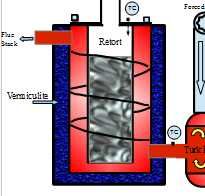Heating and cooling cycle
Heating and cooling cycle will be facing thermal fatigue and so one has to be careful while selecting the thickness of plate for reactor . One should consider thermal fatigue property while designing batch type reactor
Originally posted by wheels
View Post


Comment